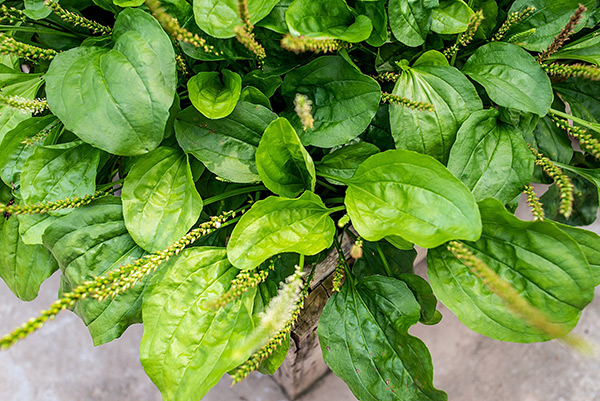 Parler
Parler Gab
Gab
Listening to stressed plants with microphones
Plants respond to stress in a variety of ways. They may emit foul-smelling chemical compounds or change their color and shape in response to drought or bites from pests. Animals seem to recognize these stress signals and even other plants appear to detect airborne scents wafting from their beleaguered neighbors. Previous research suggests that plants also react to sounds, but it's unclear whether they can emit detectable noises too. For their study, the researchers set up microphones near tomato and tobacco plants to investigate whether these plants emit sounds that could travel through the air. They placed the plants in either a soundproof box or an open greenhouse space. One set of the crops were subjected to drought conditions and another to physical damage (a snipped stem). A third group, on the other hand, was untouched. The microphones picked up distinct sounds, with some plants emitting more screams than others depending on the plant species and the stressor. On average, drought-stressed tomato plants let out 35 ultrasonic squeals per hour while those with cut stems made 25. Meanwhile, drought-stressed tobacco plants released 11 screams per hour while cut crops made 15 sounds. By comparison, the untouched plants emitted one sound per hour. (Related: How do plants know when it floods? Recent research reveals how plants sense increased levels of water.) The researchers also attempted to identify each group of plant based solely on its signature screams. Using machine learning, a type of artificial intelligence algorithm, the team detected distinct features in each set of sounds. They classified the sounds into three categories – dry, cut or intact.Insects and even humans may be able to hear plants
The researchers suggested that moths and other insects might be listening for sounds emitted by stressed plants to assess their condition before laying eggs on their leaves. They also posited that humans, with the right tools in hand, might be able to hear these botanical stress signals too. "Our results suggest that animals, humans and possibly even other plants, could use sounds emitted by a plant to gain information about the plant's condition," the authors wrote. It was unclear whether all stressed plants squeal since the researchers did not include plants exposed to other stressors, such as disease, excess salt and unfavorable temperatures. But the authors did record similar sounds in other cut or drought-stressed plants, such as spiny pincushion cacti and henbit deadnettle weeds. These findings could have practical applications in agriculture, according to Anne Visscher, a fellow of comparative plant and fungal biology at the Royal Botanic Gardens in the U.K. The idea that "sounds that drought-stressed plants make could be used in precision agriculture seems feasible if it is not too costly to set up the recording in a field situation," she told New Scientist. The researchers recommended more studies that would investigate the sounds emitted by plants. They noted that these studies might offer new insights into plants' interaction with the environment and provide breakthroughs in agriculture. Read more fascinating studies about plants at Ecology.news. Sources include: LiveScience.com Sci-News.comSupplementing with vitamin D found to improve blood pressure in overweight children
By Zoey Sky // Share
Steve Quayle: Truth about aliens and destruction of human race will be revealed
By Kevin Hughes // Share





